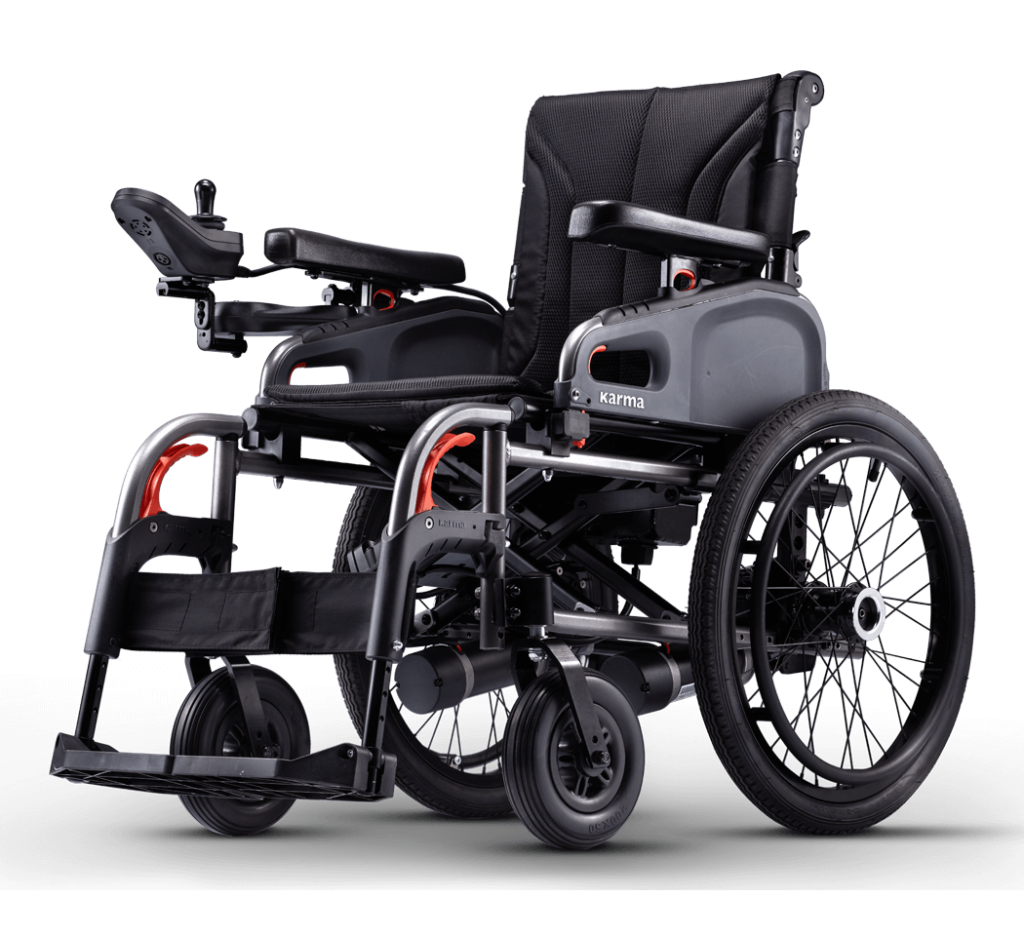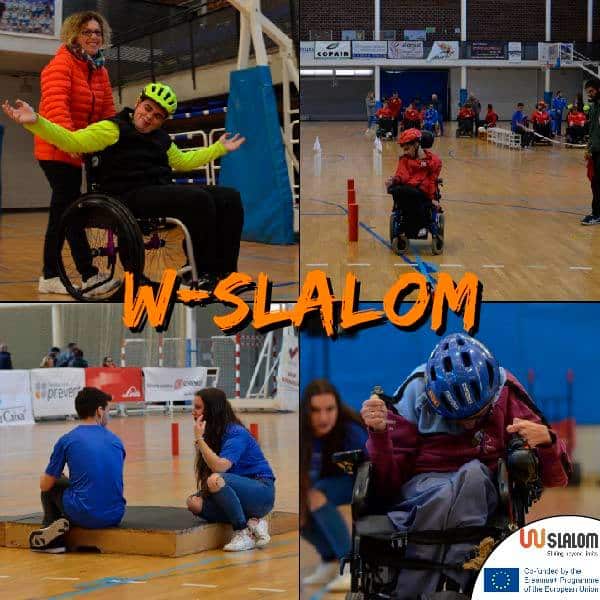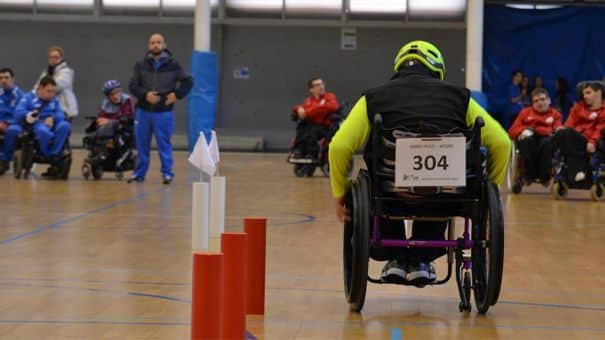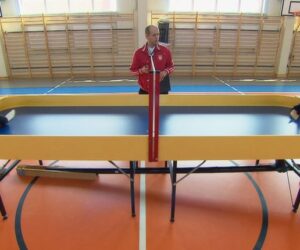If anyone with cerebral palsy needs fun, speed, and excitement, wheelchair slalom is an excellent choice. This parasport is a sport full of activities and challenges for those who need their lives to be fun and enjoyable. It has previously been an international event at the Paralympic Games with its inclusion in the event program from Tokyo 1964 to Seoul 1988. Speed and chair control are required for wheelchair slalom. Navigating through a course with challenging obstacles is one of the most important aims of this parasport.
Helping to develop wheelchair skills is a great practice to get more vital for daily activities. It improves the physical potential and the use of their way of displacement. Increasing the control, improving the movement skills and mobility, strengthening the muscles, especially on hands, heart health, and many other benefits are all the advantages of the Slalom.
Why the wheelchair is the best choice?
The nature of this wheelchair-based sport is designed for people with cerebral palsy; both manual wheelchair and power wheelchair can be used in this parasport. The game can be recreational and competition, which comprise both skill challenges and timed competition.

Powered wheelchair and 7 incredible benefits you didn’t know!
Upright cones, stopwatch, whistle, and a clipboard are the required equipment and flags for officials, floor tape and a tape measure are the optional equipment for the wheelchair slalom. There are infinite options for a wheelchair slalom course and slalom handbook. Courses can be designed with different levels of difficulty. Obstacles can include Slalom, circled cone, reverse gate, a figure of 8, 180 reverse square, or 360 square.
The different obstacles are composed to cover the courses. Slalom is a kind of skill test to choose the best athletes. Mistakes will have penalized coming even to the disqualification. The event usually will be held in an indoor center, with the minimum area required is 20m*40m.
What are the Slalom events?
Timing Event
The competitor realizes at the less possible time a few events with obstacles without committing penalties. This event includes two courses:
- Fixed course (Enclosure 1)
- Variable course (Enclosure 2)
Individual Qualifying Event
This sport comprises two identical courses placed parallel to each other (Enclosure 3)
Team Qualifying Event
The same event as an individual qualifying event but relay race, and every team take part with four competitors.
Am I eligible for the wheelchair slalom?

Wheelchair slalom is designed for those people with a cerebral palsy injury who need a wheelchair to move. Wearing a helmet is essential, and the athlete, the coach, or the assistant must make sure that the helmet is adjusted and appropriately positioned.
How will participants divide?
The wheelchair-sport classification aims to get each player’s ability and have fair competition between the players or teams. The division of competition for the participants are as follow:
D1 (mixed)
– Athletes are unable to propel a wheelchair functionally
– Athletes are dependent on a power wheelchair or assistance for mobility in this level of division.
D2 (Female: D2F / Male: D2M)
– Several to moderate limitation
– Poor functional strength in all extremities and trunk
– Capable of handling a wheelchair
D3 (Female: D3F / Male: D3M)
– Several to moderate limitation
– Poor functional strength in all extremities and trunk
– Capable of handling a wheelchair only with their legs
D4 (Female: D4F / Male: D4M)
– Moderate tetraplegic or severe hemiplegic
– The upper limbs dominant has almost normal functional strength
– Good control of his trunk when pushing the wheelchair but is often limited by the extensor tone
D5 (Female: D5F / Male: D5M)
– Good functional strength with minimum limitation or control problems that can be evident in upper and lower extremities and trunk
How is the wheelchair?

– The wheelchair may have three or four wheels.
– All the wheels are the same size in a wheelchair.
– The safety wheels are allowed if there’s any need for the athletes with cerebral palsy.
– Footrest and girths in legs are allowed if anyone needed.
– The maximum size of the wheel will be 70cm.
– Using mechanical gears for manual managing of the wheelchair is not allowed.
– Power wheelchairs promoted by one or two batteries are proper for D1 athletes.



